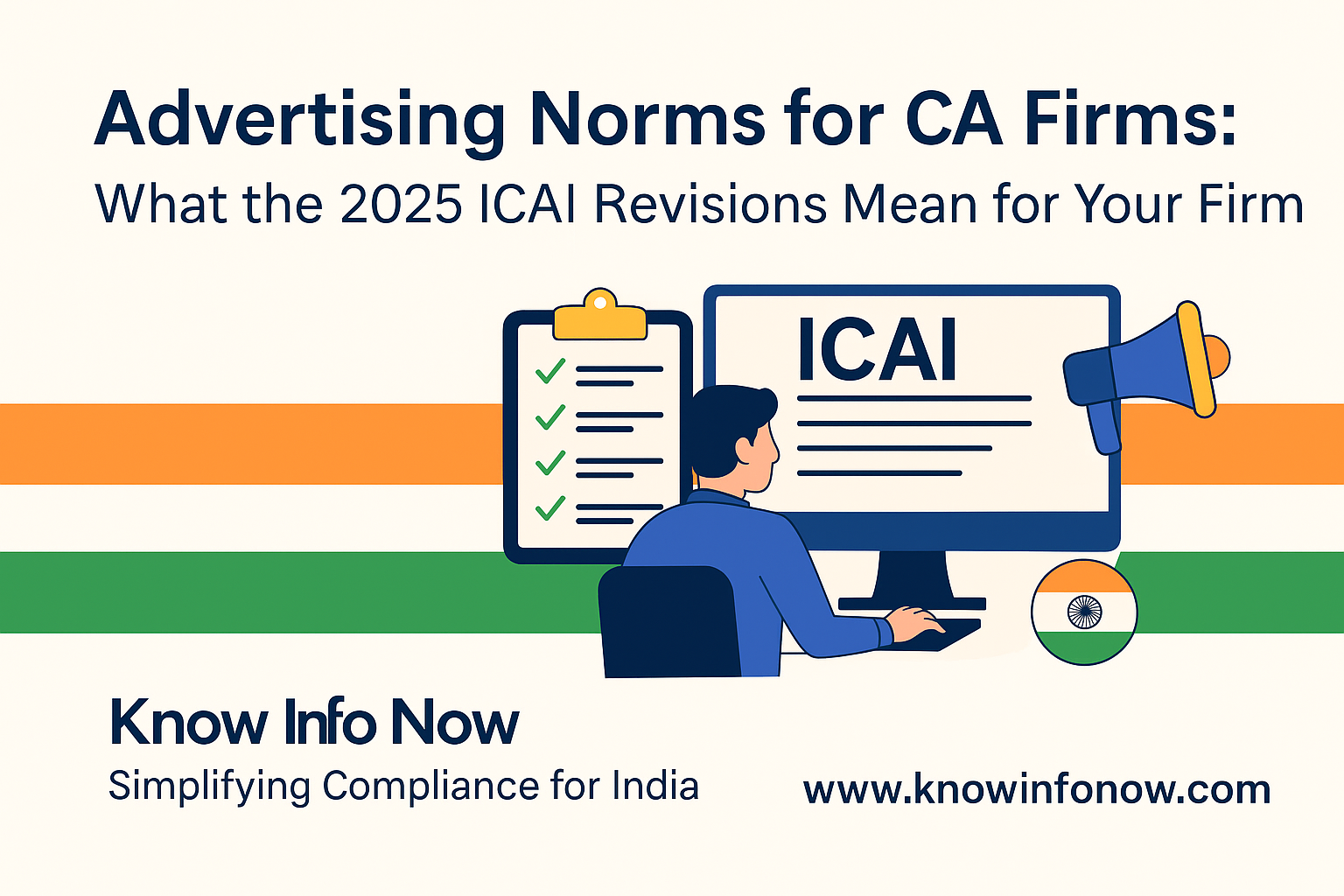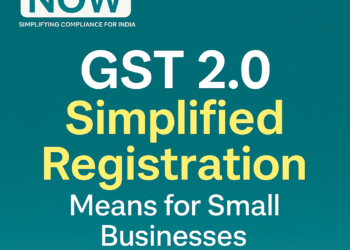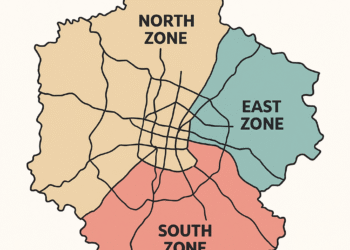The Employees’ Provident Fund Organisation (EPFO), under the Ministry of Labour & Employment, Government of India, has introduced a Re-Engineered Electronic Challan-cum-Return (ReECR) system. This digital platform is designed to make return filing seamless, transparent, and compliant for employers.
This article provides a step-by-step walkthrough of the new module, explaining the different types of returns—Regular, Supplementary, and Revised—and the associated payment processes.
1. Getting Started: Filing Returns Online
Employers begin by logging into the EPFO Employer Portal with their credentials.
- From the Payments tab, select Return Filing.
- The Return Home Page provides quick links to file returns, pay challans, view arrears, and check filing history.
- Using the Monthly Dashboard, employers can select the wage month and upload or view returns.

Employers also have the option to download the Active Member List in Excel format, which helps in preparing accurate returns.
2. Filing a Regular Return
A Regular Return is filed for active employees for a given wage month.
- Employers upload the return file (.txt format) and choose the contribution rate (10% or 12%).
- Once uploaded, the system validates the file. Errors, if any, are highlighted in a downloadable error file.
- Successfully uploaded files generate a Return File ID. Employers can review the statement, and either approve or reject it.
Once approved, a Due Deposit Balance Summary is generated. Employers may then:
- Make Full Payment
- Opt for Part Payment
- Pay Administration/Inspection Charges
- Pay Interest (7Q) and Damages (14B)
Each challan generated receives a unique Temporary Return Reference Number (TRRN). Payments can be made directly through the system by selecting the preferred bank.

3. Filing a Supplementary Return
When new employees join after a Regular Return has already been filed, employers must submit a Supplementary Return.
- Only newly registered employees can be added.
- Multiple supplementary returns for the same month are allowed.
- Employers follow the same upload, verification, approval, and payment process as in Regular Returns.
This ensures that no active employee is left out of the monthly filing.

4. Filing a Revised Return
Mistakes happen—wrong wages or contribution details can be corrected through a Revised Return.
- Employers can upload a revised file for specific employees.
- Once approved, the revised data overwrites the earlier return.
- Downward revisions are only possible before payment is initiated, while upward revisions can be made anytime.
Like other returns, the revised return requires approval, generates a balance summary, and proceeds to challan payment.
5. Payment Flexibility: Full vs Part Payments
Employers can choose between:
- Full Payment: Clear all dues for the month at once.
- Part Payment: Pay in portions while ensuring contributions are eventually settled in full.
The system provides account-wise breakups, downloadable contribution statements, and the ability to cancel or regenerate challans if required.

6. Relaxation of Validations
To ease the transition, EPFO has allowed a four-month relaxation period. During this time, employers can file regular returns for a subset of active members and add the rest via supplementary returns.
After the relaxation window, the system will enforce stricter compliance: returns for a given month will only be accepted if all employees from four months prior have been covered.
Conclusion
The Re-Engineered ECR marks a significant step toward digitization and accountability in India’s social security system. By streamlining return filing and payment processes, employers can ensure compliance with minimal errors and maximum efficiency.
This new framework—spanning Regular, Supplementary, and Revised returns—empowers employers to manage employee provident fund contributions with clarity, flexibility, and transparency.





















